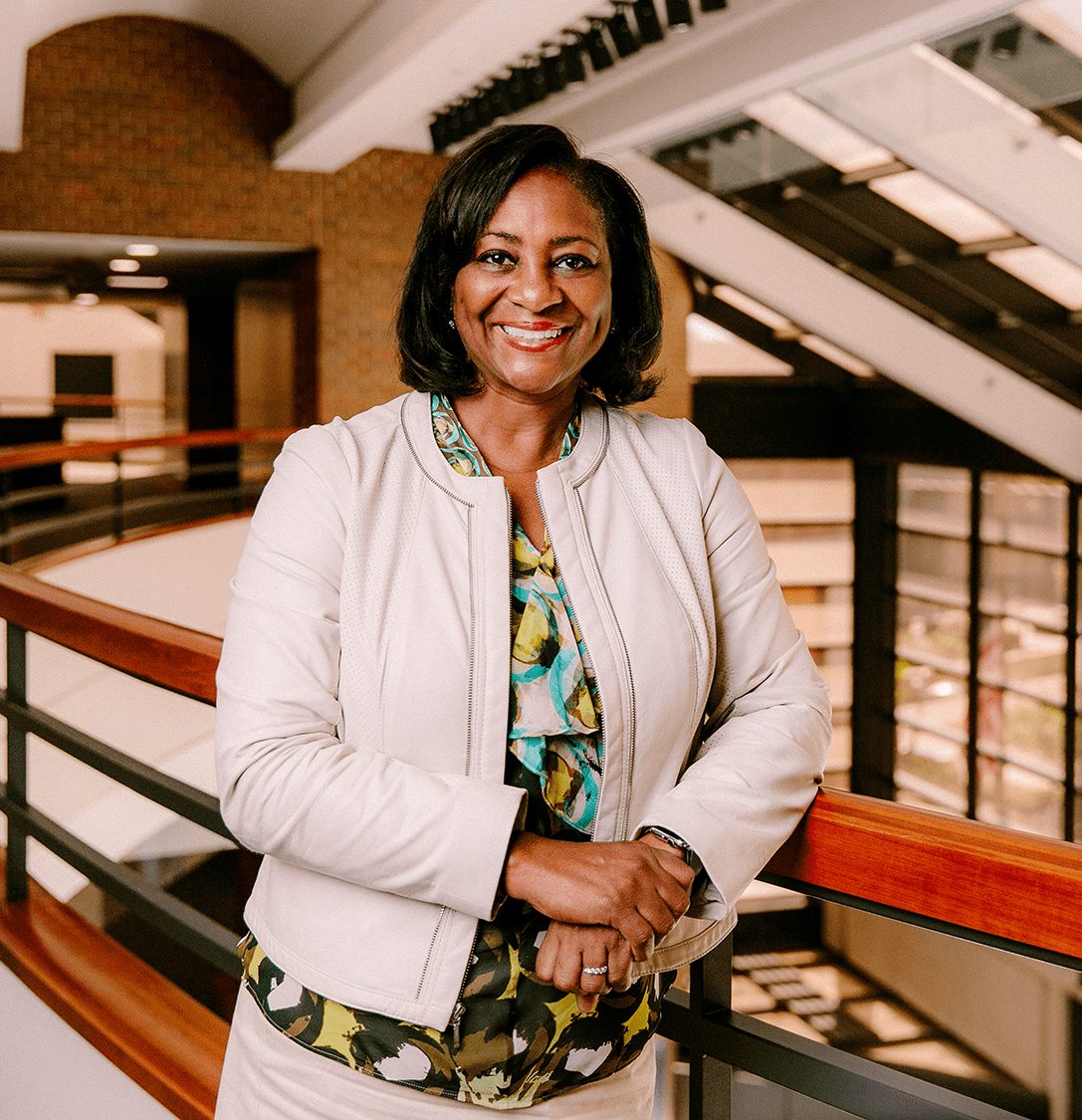
A message from La June Montgomery Tabron, president and CEO
A vibrant child is a marvel — the combination of energy, curiosity, laughter and confidence fused into one human being. When we’re near thriving children, we feel close to the deep rhythm of life.
But making certain that all children grow into healthy, hopeful, vibrant human beings remains beyond reach in many communities.
In 1930, when Will Keith Kellogg established our foundation to promote “the health, happiness and well-being of children,” he did so mindful of the interconnections between children, families and their communities. He believed that in order to change children’s lives for the better, adults in a community had to come together, recognize their power to lead and affirm the dignity and value of each person’s contribution in shaping society.
From his legacy we have centered on these intersecting principles — community engagement, leadership and racial equity.
We call them our DNA because they are integral to everything we undertake and interwoven into all of our work on behalf of children. As part of the W.K. Kellogg Foundation’s legacy, they continue to ground our practices and guide programming. And in the wider world, research continues to affirm that Mr. Kellogg’s sense about the interplay between children, the adults around them and their communities was right on target.
Children learn through imitation. What they see and hear from adults delivers powerful messages about their own self-worth and possibilities. Our actions and words guide their behaviors and eventually map their world.
In a family circle and early childhood education, that means helping toddlers grow beyond the “terrible twos” and into 5-year-olds capable of feeling empathy. Even very young children can learn to listen to others and recognize what they are feeling. That capability opens the door for respect, collaboration and other human behaviors that hold the potential for creating societies where all children can thrive.
As a philanthropic organization, our work requires that we take that knowledge and infuse it in our program approaches to children, families and communities.
Leadership, community engagement and racial equity are learned behaviors. When they are drawn into the design and delivery of every programming effort, they model and illustrate the interconnections between a child’s experiences, family circumstances and community conditions. For children to thrive, their families need to be able to provide for them and their communities need to be equitable places of opportunity.
The stories in this year’s annual report highlight interconnections like these at many levels — between workforce and early childhood education, business capital and neighborhood leadership, industry standards and maternal-infant health, traditional practices and national models for change.
As grantees illustrate beautifully:
We offer the examples that follow to contribute to our shared learning, and as inspiration for all of us to make a deeper commitment on behalf of children — to model the change we desire in society and show them a world filled with hopeful possibilities. Children are watching us. What we do and say matters in their lives. Together we can change outcomes for the next generation of children.

Share this Report